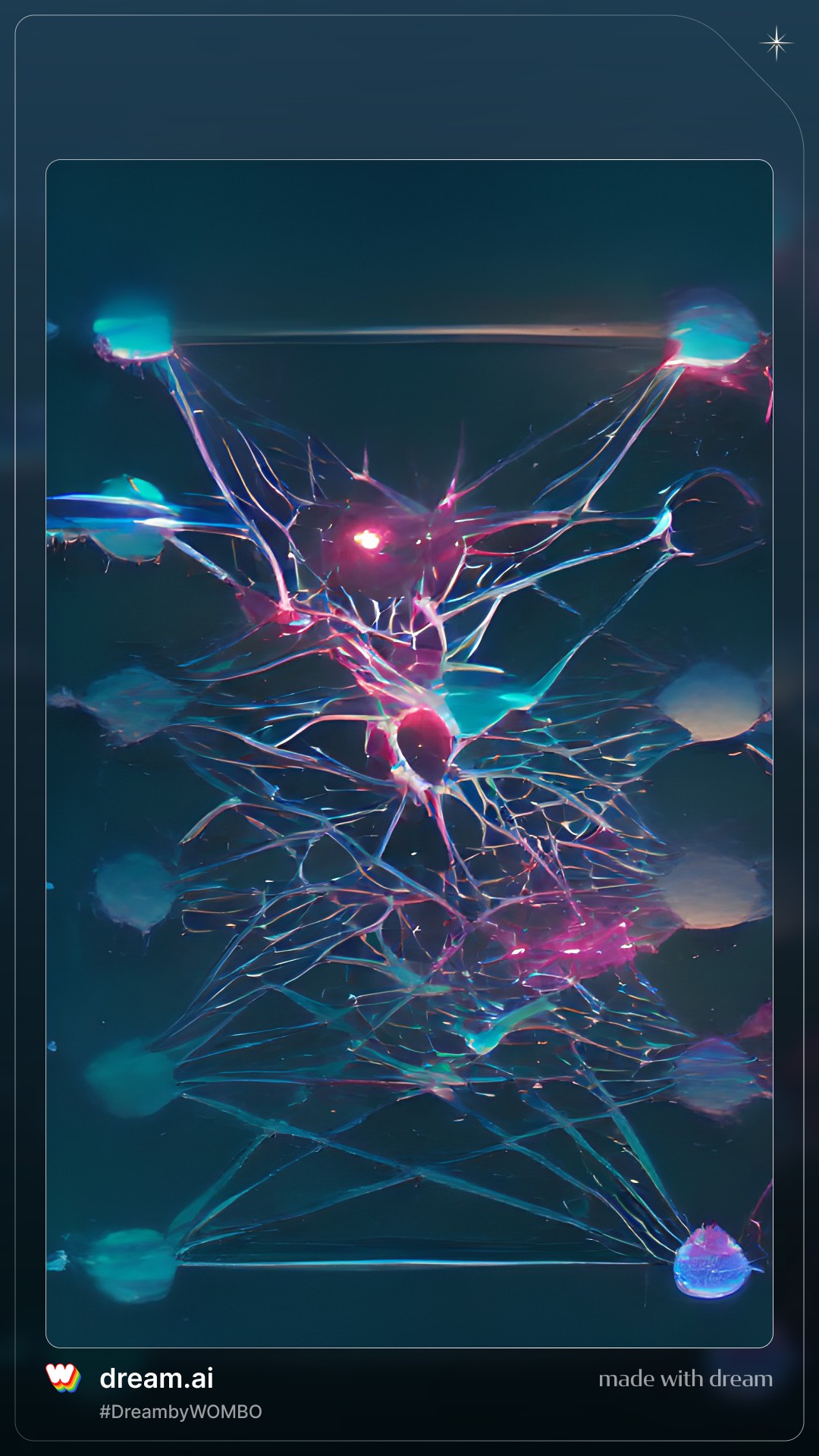Spiki thrives for enabling Spiking Neural Networks.
Why?
Because they are fast.
They save energy.
They save money.
They work like a human brain.
Commercially they are not yet available, which does not prevent us from researching and trying them.
The development of artificial intelligence (AI) is progressing rapidly. The next generation of AI is already on the rise. With this generation, we are bringing neural networks closer to human thinking and learning behavior. Because we are using a well-known concept from neuroscience here – neurons and the function of spikes.
A neural network is a way of machine learning mimicking the interconnected neurons of the human brain.
third generation AI is on the rise
The first generation of artificial intelligence was a rule-based imitation logic to make reasoned conclusions within a specific and limited problem. This type of application is ideal for monitoring or optimizing a process, like this: information input –> process output.
The second AI generation is called a deep learning network (DLN). DLNs can process large amounts of structured or unstructured data and can identify patterns in video, image, text or sound data. Real life applications are financial predictions, disease mapping, user / customer behavior analysis etc. With their interpretative capacity, DLNs approximate the computation efficiency of the human brain. A further reduction and miniaturization of their energy consumption for edge applications is underway.
The upcoming third generation of AI, which we describe below, takes a further leap from literal evaluations of input data to quasi understanding. This AI takes information just as a human does, as a sequence of events and not just a snapshot of reality like DLNs. This advancement of perception is based on neural network training and inference.
SNN: energy efficient learning process close to human thinking
As stated before, one of the major challenges in neuromorphic research is to mimic human flexibility. The ability to learn from unstructured stimuli while being as energy efficient as the human brain is a great challenge. The computer building blocks within neuromorphic computer systems are analogous to the logic of human neurons. A so-called Spiking Neural Network (SNN) is a new model for arranging these elements to physically reproduce the temporal component of the functionality of neurons and synapses. This enables greater energy efficiency and plasticity.
What to expect from SNNs? Challenges and perspectives
Currently, neuromorphic computing systems are still under investigation. So far, prototypes are being developed. The technology is quickly gaining momentum and large corporations such as Intel and IBM are involved in research projects.
Nevertheless, there are still some critical points that need to be considered so that the application of neuromorphic systems can be successful. On the hardware side, we are faced with limited memory bandwidth, which is the transmission speed between memory and processor. “In-memory-computing” can avoid this kind of bottleneck. As of yet, SNNs have been considered too difficult to train for commercial applications.
With Spiki’s training method we aim to enable SNN use in specific application areas and further include robustness and formal verification. With formal verification we aim to formally guarantee important properties of neural networks such as robustness, safety, and correctness. All of these are fundamental to make SNNs fit for real life and even fit for safety-critical applications.
On the software side, we must formulate use cases and define relevant problems in which neuromorphic systems can be used to generate enough training data. The problems solved by AI technologies so far are specifically formulated for use cases that don’t use neuromorphic computing. The neuromorphic approach gives us a different, promising perspective. Compared to other high-performance computing resources, neuromorphic systems offer faster speeds while consuming less power.
Surge forward, with Spiki’s robust AI tailored to your needs
Spiki wants to surge forward and join forces with companies in robotics, telecommunication, industrial automation, sensor engineering or hardware development to reap the benefits of SNNs for innovative use cases. We offer an innovative training framework and IP for supervised learning with audio, video or continuous sensor data. Our trained networks can be made robust against low-quality input data, such as white noise, slurred speech or imperfect material surfaces. We are striving to build trustworthy AI, which can be deployed via microcontroller, FPGA, as a cloud service or even ASIC as a future step in our product development. You profit from an easy to use toolchain, from training to deployment, ready for third-party hardware.
Excited? Contact us!

